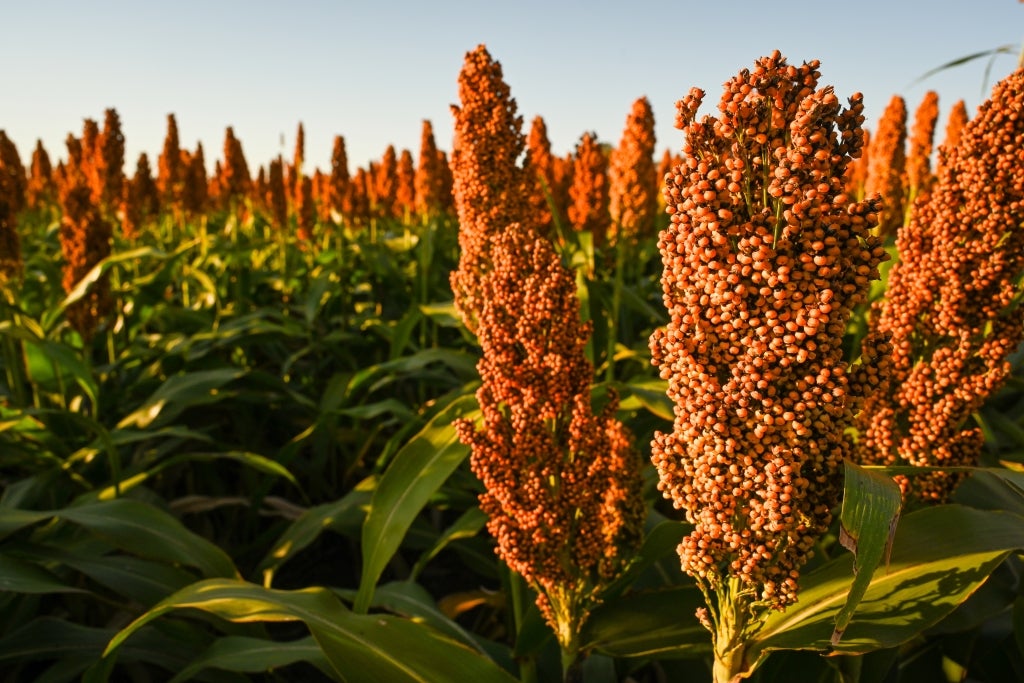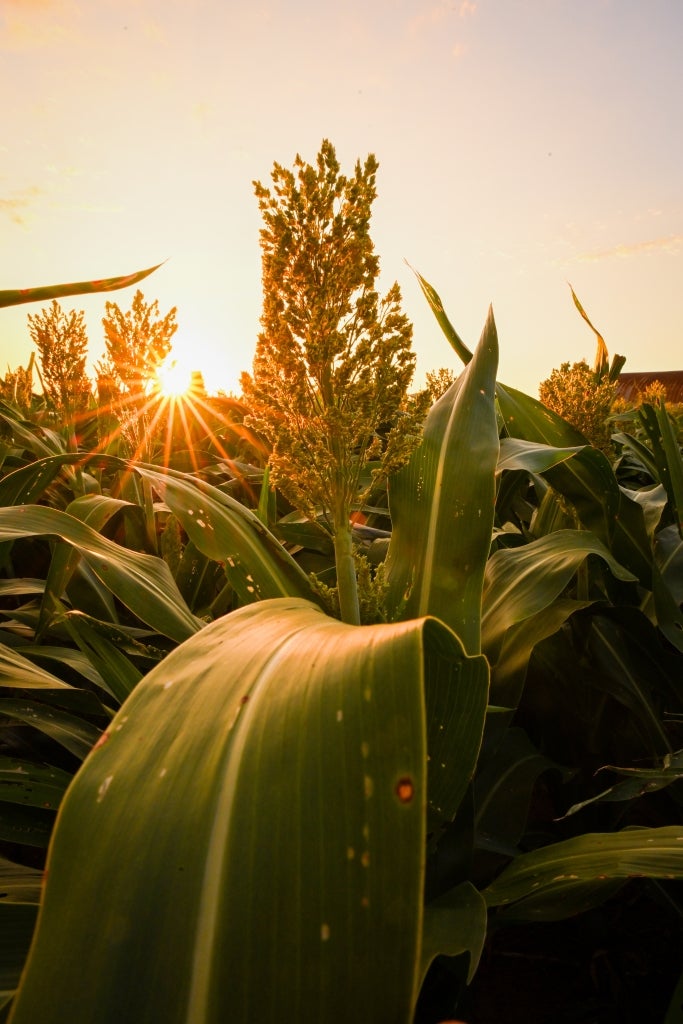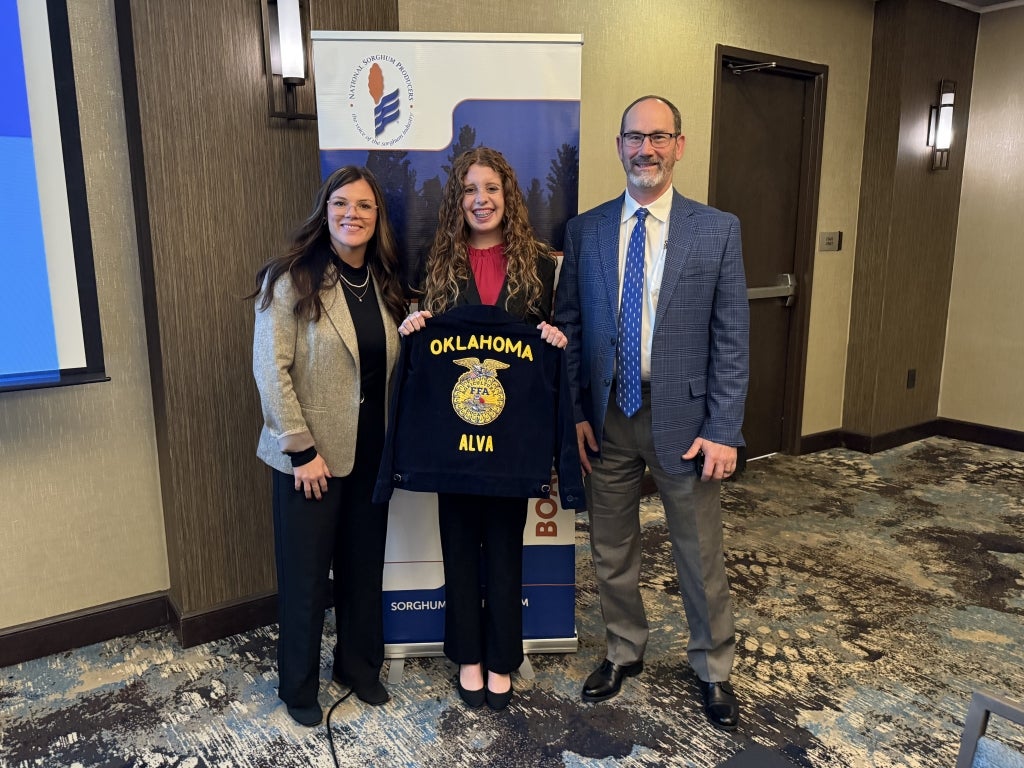
When asked to picture whole grains, many people think of wheat, corn, oats and rice. Those with a little broader knowledge would think of things like quinoa, millet or barley. However, there is a grain that seems to be kept a secret but is actually the key to many recipes and a precious commodity: sorghum.
What Is Sorghum?
Sorghum is a versatile grain that is among the top five cereal crops in the world. Though the U.S. is the largest producer of this commodity, it is widely unfamiliar to Americans who aren’t involved in agriculture. Nevertheless, sorghum is a food high in fiber, antioxidants, proteins, iron and other nutrients.
As time goes on, more people are developing gluten intolerance, creating a need for gluten-free diets. Sorghum flour is a nutritional and gluten-free substitute for traditional wheat flour. The sorghum berry is also an additive for salads and soups.

National Sorghum Producers and United Sorghum Checkoff Program
The Sorghum Belt of America runs straight down the center of the U.S. The crop is drought-resistant and water-smart, making it a great option for this arid area.
National Sorghum Producers (NSP) and the United Sorghum Checkoff Program (USCP) are two organizations that represent and advocate for sorghum producers across the nation. NSP lobbies in the U.S. government to ensure sorghum producers are properly represented in the upcoming Farm Bill. The United Sorghum Checkoff Program (USCP) is a farmer-led organization committed to advancing sorghum production through impactful research and strategic promotion. Funded by producers, USCP focuses on improving the sustainability and growth of the sorghum industry through research, education and outreach.
FFA and Sorghum
Alva FFA Chapter Reporter and 2024-25 FFA in the USA Reporter Katelee Martin attended the annual NSP meeting in December to learn more about the organization and meet the board of directors. Martin also met other sorghum affiliates and learned more about Leadership Sorghum, a premier program designed to develop the next generation of industry leaders. Sorghum updates discussed include the growing popularity of water-smart solutions, new tax-credit programs, carbon intensity data and the media impact of sorghum.

NSP Chairmen Amy France (left) and NSP CEO Tim Lust (right) take a photo with Alva FFA Chapter Reporter Katelee Martin (middle).
If you see sorghum on grocery store shelves and conserve the water you drink, remember that organizations like NSP and USCP are making these advancements a reality and bringing sorghum into a new light.











